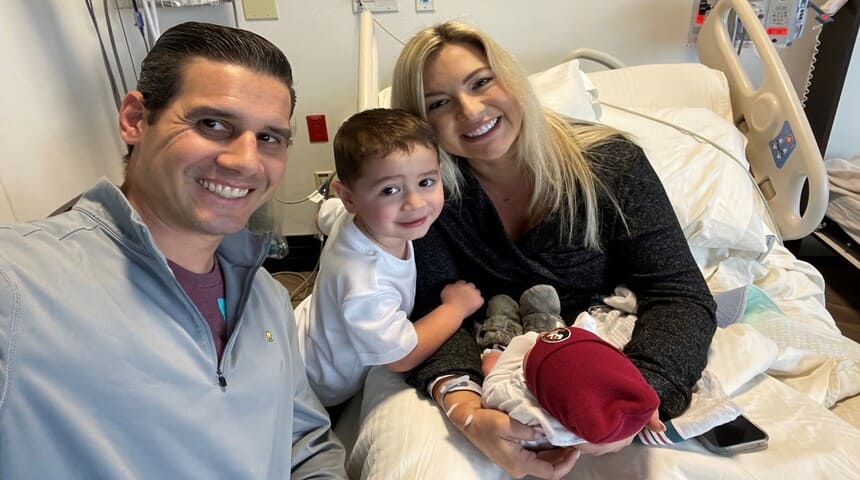Are You Dizzy? It Could Be Your Ear
Every day we use our ears to hear, but these complex organs also are integral to our sense of balance. Deep within the inner ear is the vestibular system, which helps us do things like stand, move gracefully and keep our eyes stable while nodding our heads.
People with vestibular problems often experience dizziness or vertigo, and have trouble with balancing, mobility or vision. This makes it difficult to perform even simple tasks. Specialized therapy called vestibular rehabilitation can help relieve these symptoms and improve lives.
What Causes It?
Causes of dizziness and vestibular impairment include:
-
Head trauma, including concussions
-
Inflammation of the vestibular nerve
-
Stroke
-
Medications
-
Post-surgery
Any one of these conditions may benefit from rehabilitation.
What’s Involved With Rehabilitation?
The goal of vestibular rehabilitation is three-fold:
-
Improve balance and gait
-
Improve the ability to see clearly while moving
-
Improve stability to decrease the risk of falling
One of the most common causes of vertigo is BPPV, which triggers the sudden sensation that either you or the insides of your head are spinning. This is caused by the displacement of calcium carbonate crystals in your inner ear. Physical therapy seeks to treat it by repositioning those crystals. With physical therapy, the success rate for the most common type of BPPV is more than 90 percent after a single session.
Treatments for other vestibular disorders come in a variety of forms, based on each patient’s unique problems. Some exercises are geared toward improving balance, while others help visual clarity while moving.
What Can I Expect?
On your first day of rehabilitation, you’ll undergo a physical therapy vestibular evaluation, which explores your dizziness history, balance impairments, falls and vertigo issues. Your therapist will examine your eyes to see how they’re moving and how well you’re able to move your head while focusing on something. You may be asked to move through a variety of body positions to see if your dizziness worsens and to assess your gait and balance. The evaluation is designed to identify problem areas and develop a treatment plan.
How Does It Work?
The evidence supporting the effectiveness of vestibular rehabilitation is strong. It can alleviate or even eliminate dizziness symptoms, promote recovery and improve quality of life.
Treatments may include:
-
Repositioning maneuvers to restore inner ear crystals to their proper place
-
Specific eye and head movements to improve the brain’s ability to use vestibular information effectively
-
Balance training to increase your body’s ability to react to movement
Once therapy is completed, you’ll be on your way to reclaiming the everyday activities you once enjoyed but may have stopped. If you’re experiencing dizziness or think therapy may help you, consider scheduling a vestibular physical therapy evaluation.
Choose to Stay in Touch
Sign up to receive the latest health news and trends, wellness & prevention tips, and much more from Orlando Health.
Sign Up





